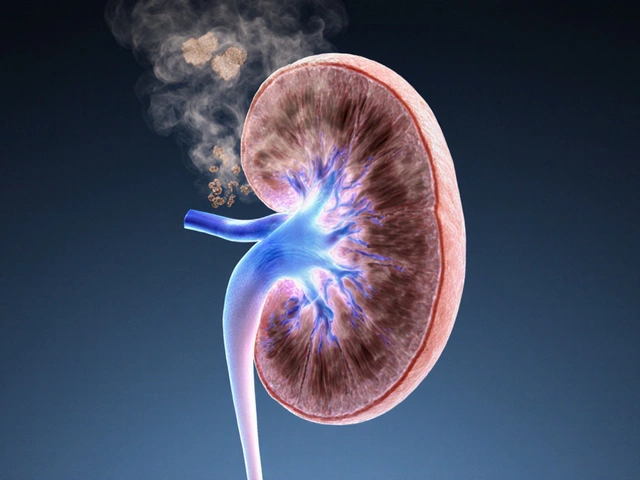Antiviral Therapy: What It Is and Why It Matters
When a virus makes you feel awful, the goal of treatment is to stop it from multiplying so your body can bounce back. That’s what antiviral therapy does – it puts a brake on the virus’s life cycle and gives your immune system a chance to catch up. Unlike antibiotics that target bacteria, antivirals are specially designed to interfere with viral proteins or genetic material.
Because viruses hijack our own cells, creating a drug that hits the virus without hurting us is tricky. Still, scientists have nailed down a few clever tricks: block the entry gate, stop the virus from copying its genome, or prevent the new virus particles from leaving the cell. Each class of drug follows one of these playbooks, and the choice depends on the virus you’re dealing with.
How Antiviral Drugs Fight Viruses
First up are entry inhibitors. Think of them as a doorman that refuses the virus access to your cells. Drugs like maraviroc for HIV fall into this group. Next, we have polymerase inhibitors – they jam the virus’s copy‑machine, stopping it from replicating its RNA or DNA. Tenofovir, used for both HIV and hepatitis B, is a classic example.
Another popular class is protease inhibitors. These stop the virus from chopping up its own proteins into the functional pieces it needs to assemble new virus particles. When you hear about “boosters” in HIV treatment, they’re often boosting the levels of a protease inhibitor.
Finally, there are neuraminidase inhibitors, which are the go‑to drugs for flu. They block the enzyme that lets the flu virus escape the infected cell, keeping the infection contained.
Popular Antiviral Medications and What to Expect
For the common cold flu, doctors often prescribe oseltamivir (Tamiflu) or baloxavir. You usually start them within 48 hours of symptoms, and they can shave off a day or two of illness. Side effects are mild – sometimes nausea or a headache.
HIV treatment has become a cocktail of three or more drugs, each hitting a different part of the virus’s life cycle. Modern regimens are once‑daily pills with few side effects, but they still require strict adherence to keep the virus suppressed.
Hepatitis C saw a revolution with direct‑acting antivirals like sofosbuvir. A typical 12‑week course can cure over 95% of patients, and the side‑effect profile is far better than the old interferon‑based therapies.
COVID‑19 introduced oral antivirals such as paxlovid, which dramatically cut the risk of severe disease when taken early. The key is to start treatment as soon as you test positive, because the virus spreads fast in the first days.
When you’re prescribed an antiviral, ask your pharmacist about drug interactions. Many antivirals are processed by the liver’s CYP enzymes, so they can clash with common meds like statins or certain anti‑depressants. Knowing this ahead of time can save you a trip back to the doctor.
Side effects vary by drug but generally stay mild. If you notice a rash, severe stomach upset, or unusual fatigue, call your healthcare provider – sometimes a dose tweak or a switch to another agent does the trick.
Staying up‑to‑date matters because new antivirals keep hitting the market. Researchers are testing broad‑spectrum drugs that could work against multiple virus families, and gene‑editing tools are getting closer to eradicating chronic infections like hepatitis B.
In short, antiviral therapy is about targeting the virus at the right step, choosing the right drug for the right infection, and keeping an eye on safety. If you think you need an antiviral, talk to your doctor early, stick to the prescribed schedule, and stay informed about the latest options.

Ribavirin’s Role in Treating Emerging Viral Diseases - Benefits, Limits & Guidelines
Explore how Ribavirin works against new viral threats, its clinical evidence, safety profile, and official guidelines for diseases like Lassa, Nipah, Hanta, and Ebola.




